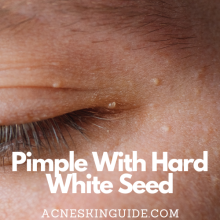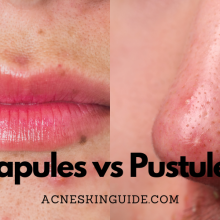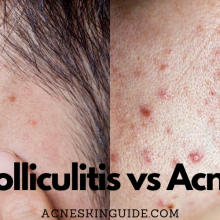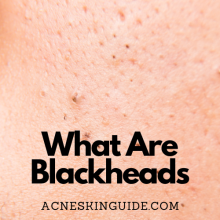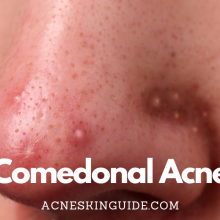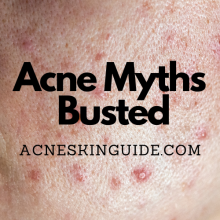
Acne Marks vs Acne Scars | Acne Skin Guide
Acne marks and acne scars are distinct skin conditions that often follow acne breakouts. Acne marks, also known as post-inflammatory hyperpigmentation, are temporary, flat discolorations that typically fade over time. In contrast, acne scars involve permanent textural changes to the skin, either as depressions (atrophic scars) or raised areas (hypertrophic scars). Prevention strategies for both…
More info
